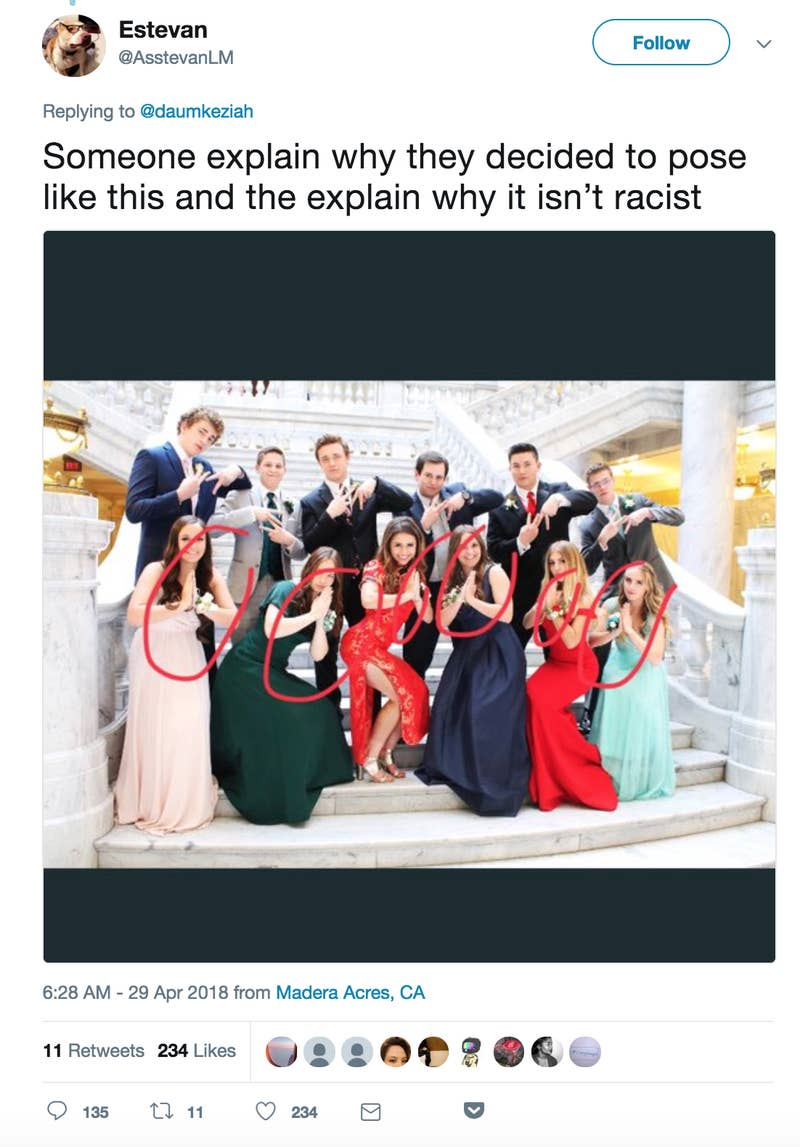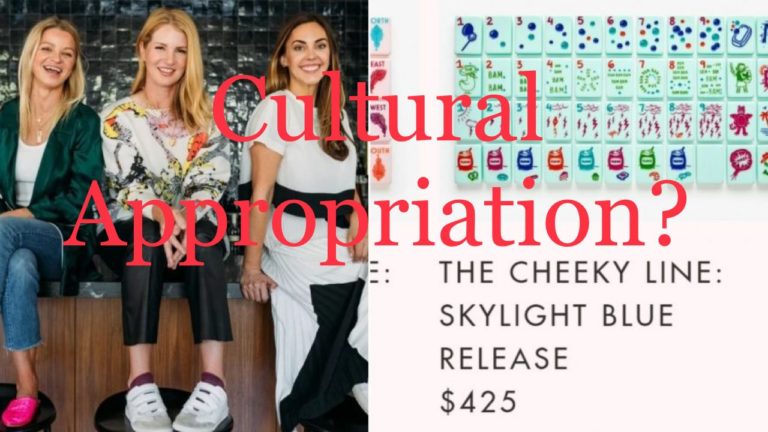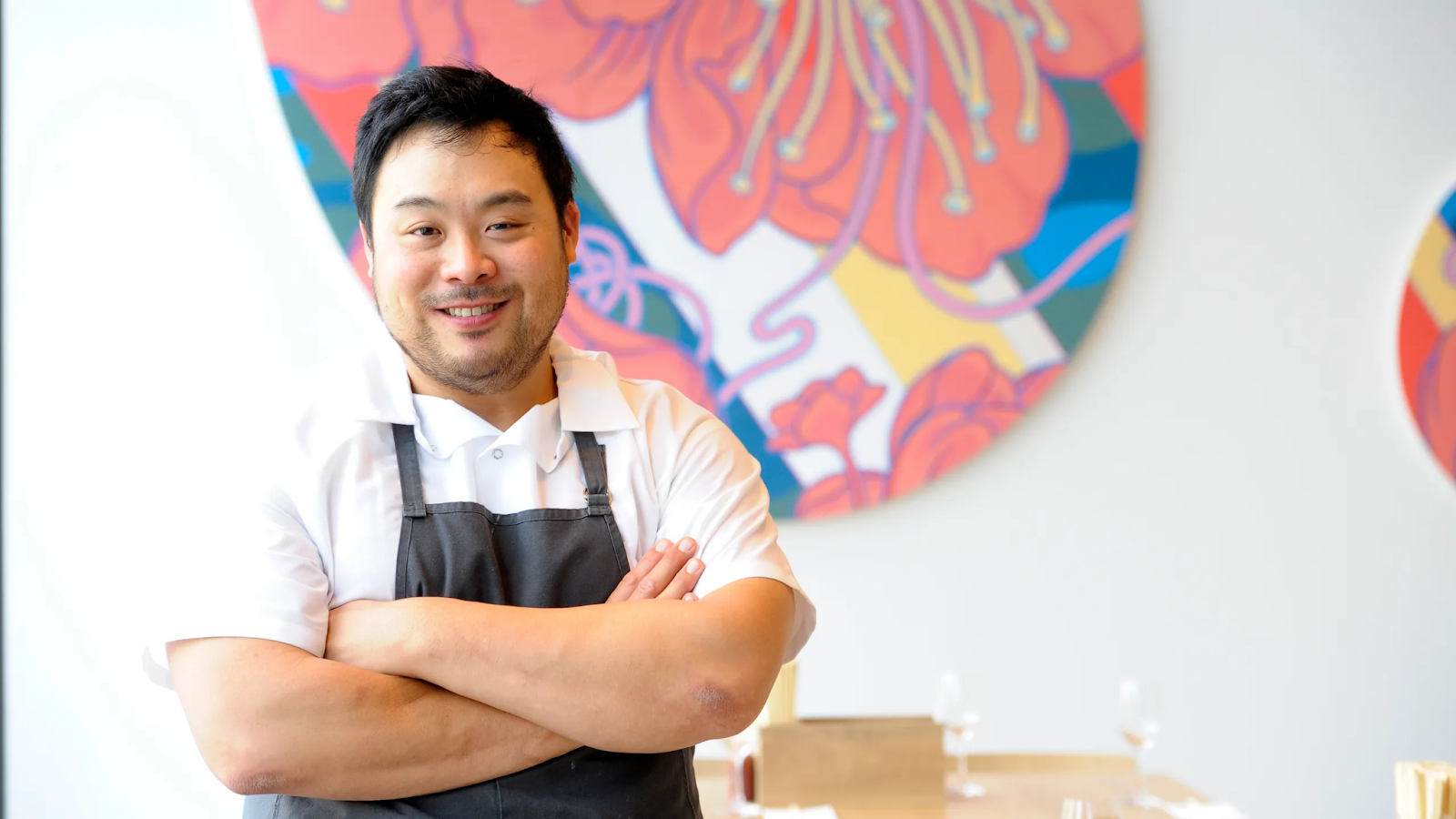Earlier this year the company The Mahjong Line was accused of cultural appropriation for redesigning the centuries old mahjong set. This company was created by three White women from Dallas, who explained that the original design wasn’t “fun” enough.
This led me to thinking: What is cultural appropriation? How can it present itself in subtler ways now that we live in a globalized world?
If you are wondering if something is cultural appropriation, here are some things to consider:
Origin
Do you know what that food, piece of clothing or jewelry was used for? Is it normally used in a sacred or religious practice? Is it acceptable to be used in a non-traditional way?
For example, matcha is a finely ground powder of green tea leaves that originated in Asia and is mainly used in Japan. It is now widely put in lattes and desserts.
It is also known for its health benefits. It is fine to use matcha in a non-traditional way because there are no sacred cultural or religious ties to it.
However other aspects of Japanese culture may not be suitable for use in non-traditional ways. For example, kimonos—traditional Japanese robes—are most commonly worn to formal events.
 Valentino photoshoot shows a model walking on a kimono obi
Valentino photoshoot shows a model walking on a kimono obi
The Italian luxury brand Valentino encountered this exact issue when a kimono obi (a sash) was used as a rug in a photoshoot. Kimonos are typically painstakingly detailed robes treated with care and respect. Many Japanese netizens felt that their culture was literally trampled on.
Credit
Are you giving credit to the creators of whatever you are using? Are you profiting off what another culture has originally created?
When taking inspiration from other cultures, it is always important to acknowledge the original creators and the culture you’re taking from.
Doing so is especially important if you are from a more dominant group and are taking from an oppressed group. Otherwise you are continuing the cycle of oppression.
For example, giving credit can be as simple as tagging the seamstress if you are posting a picture of yourself in a qipao. Or you can bring attention to the issues those cultural groups may face.
Another example of intelligent uses of other people’s cultures is Chef David Chang. David Chang is a Korean-American chef who creates new dishes by taking inspiration from all over the world.
In Buzzfeed’s Worth It: Fried Chicken, he prepares fried chicken in the style of Shanghai Peking Duck with a side of caviar.
In the video he acknowledges, “When I’m looking at this, I’m inspired by France, China, the American South…It’s about always, number one, that it’s delicious. Number two respecting the cultures that you’re taking it from.”
Intent
Do you genuinely want to appreciate the craftsmanship and artistry? Or do you just want to make yourself seem exotic and “cultured”? Do you want to understand the culture including the issues those cultural groups may face? Or are you picking out the parts that you like the most?
Intent becomes more and more important as the intermingling of cultures becomes more and more gray.
For example, in 2018 a white girl wore a qipao to her prom. This sparked a lot of online controversy.
She defended herself by saying she was simply “appreciating Chinese culture” and found the dress pretty. However she contradicted her written intention, as shown in the tweet below.
 Tweet says “Someone explain why they decided to pose like this and then explain why it isn’t racist”
Tweet says “Someone explain why they decided to pose like this and then explain why it isn’t racist”
This hand motion is a common Chinese gesture. It is used in Buddhism for praying and common gestures to show extreme gratitude. By posing this way it seems that she is mocking Chinese people and gestures.
She further contradicts herself by not listening to the Asian-American community. Many people pointed out that they felt uncomfortable with her wearing a qipao. You cannot say you are respecting Chinese culture if you do not respect Chinese people.
If your intent is to truly appreciate the culture, then it is important to listen when that community speaks. It is important to understand the hardships that the community might face and how your actions may impact those hardships for better or for worse.
In Western countries, many Asian people are vilified for eating their own food and wearing clothes from their own culture. They are urged to give these things up to assimilate and become more westernized.
So it can be problematic when someone who is from a dominant group is praised for wearing or using the same things Asian people are criticized for.
These three aspects are a great start, but it’s important to keep an open-mind and listen to the communities you’re being inspired from.
The fear of cultural appropriation should not keep you from exploring other cultures and broadening your worldview!
[zombify_post]



0 Comments